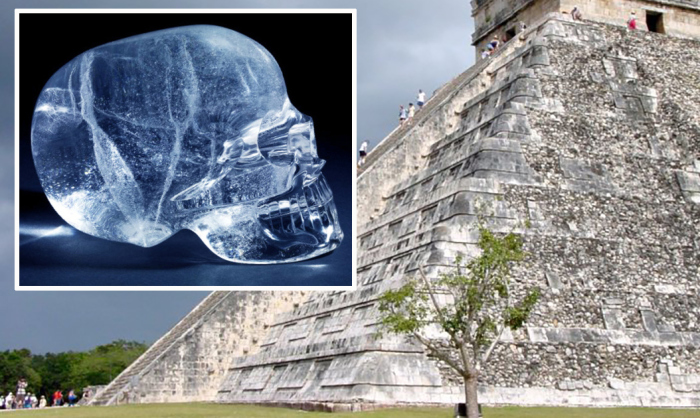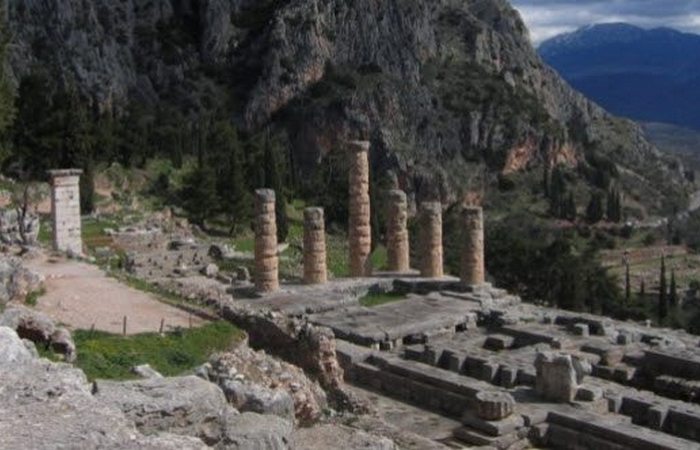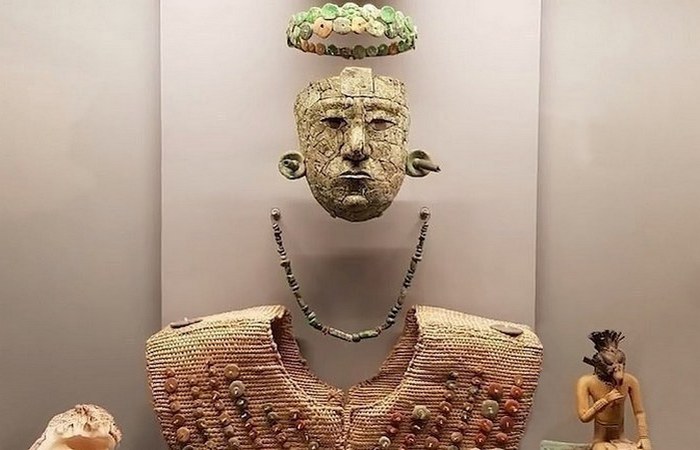concluded that snakes
The mystery of the Roman Lycurgus Cup: Nanotechnology in the ancient world?
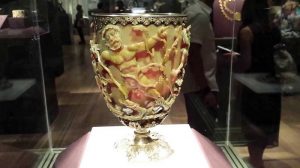 The British Museum holds a very beautiful ancient exhibit – the Roman Lycurgus Cup. But he is more famous for his unusual optical properties. Under normal lighting, the goblet appears yellowish-green, and in transmitted light it acquires a deep wine-red hue. Only in 1990, scientists were able to reveal the secret of these unique properties, but how could such an effect be achieved in ancient times? After all, these are the real nanotechnologies …
The British Museum holds a very beautiful ancient exhibit – the Roman Lycurgus Cup. But he is more famous for his unusual optical properties. Under normal lighting, the goblet appears yellowish-green, and in transmitted light it acquires a deep wine-red hue. Only in 1990, scientists were able to reveal the secret of these unique properties, but how could such an effect be achieved in ancient times? After all, these are the real nanotechnologies …
The cup is a so-called diatret – a double-walled bell covered with a figured pattern. Its height is 16.5, and its diameter is 13.2 centimeters.
The earliest found diatrets belong to the 1st century BC. n e., and their heyday reached its production in the III and IV centuries. Diatrets in that era were considered very expensive items and were available only to the rich. Continue reading
Coffins, torpedoes, grave safes and other strange things, with which in the XIX century, struggled with the abduction of corpses
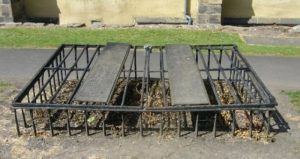 The beginning of the 1800s in Britain and America was marked by a rapid surge of scientific and medical discoveries. The study of anatomy and surgery has become extremely popular. This led to the terrible practice of trafficking in corpses. Grieving families could no longer bury their departed relatives and be sure that their bodies would rest in peace. Around the cemeteries, late in the evening, people roamed in search of “fresh” graves. Their goal was to remove the corpse from the grave and sell it to the doctors. As a result, people began to invent a variety of ways to protect the graves from vandals.
The beginning of the 1800s in Britain and America was marked by a rapid surge of scientific and medical discoveries. The study of anatomy and surgery has become extremely popular. This led to the terrible practice of trafficking in corpses. Grieving families could no longer bury their departed relatives and be sure that their bodies would rest in peace. Around the cemeteries, late in the evening, people roamed in search of “fresh” graves. Their goal was to remove the corpse from the grave and sell it to the doctors. As a result, people began to invent a variety of ways to protect the graves from vandals.
1. Mortseif – tomb safe in the British Continue reading
Ambiguous facts from the Bible, about which today archeologists and religious scholars argue
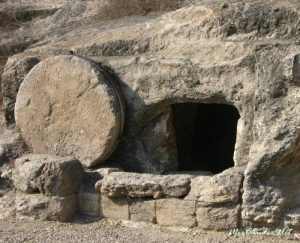 Perhaps there is no other such book in the world in which so many contradictions are found as in the Bible. There are constantly heated debates between atheists, archeologists and religious scholars, and the main one is whether the Book of Books can be regarded as a reliable historical source.
Perhaps there is no other such book in the world in which so many contradictions are found as in the Bible. There are constantly heated debates between atheists, archeologists and religious scholars, and the main one is whether the Book of Books can be regarded as a reliable historical source.
1. Gummy in the mask of mummies
In one of the ancient Egyptian tombs a unique find was made – in the burial mask of the pharaoh they found a fragment of the oldest known Gospel. Scientists believe that this text dates from the I century of our era. The content of the text archaeologists do not disclose. It is only known that the burial mask was made of flax with the addition of glue and paint. Inside the mask were found and other documents – personal and business letters of the deceased. It was they (and also the hydrocarbon analysis) that made it possible to determine the exact age of the burial and papyrus.
It is believed that all the books written under the general title “Gospel” were written several decades after the earthly life of Jesus. Today, the oldest copy of the Gospel texts dates from the II-III centuries. Continue reading
